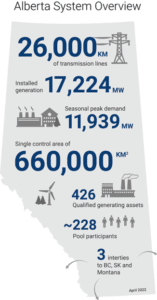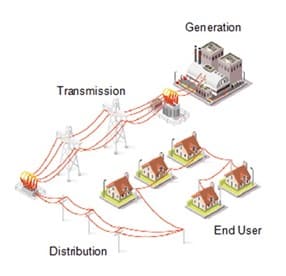
At the end of September, 2022, Alberta experienced two grid alerts, leading to The Alberta Electric System Operator (AESO), the independent agency that oversees Alberta’s electricity system and balances the supply of electricity with what’s needed, to dip into emergency reserves and urge industries and residents to lower their electrical consumption. But what IS a grid alert and how do they determine this?
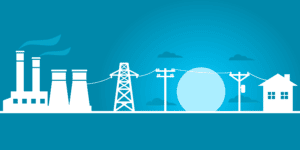
On the demand side are industries, businesses, institutions, farms, and residences that consume electricity. On the supply side, there are 426 generating units (AESO 2022) that connect to Alberta’s transmission system. In an ideal world, supply is higher than demand, meaning that electricity is plentiful without creating an oversupply that would leave generation facilities sitting idle.
The AESO will issue a grid alert when the power system is under stress. Electricity users in Alberta are notified in hopes of avoiding the use of more serious measures, such as rolling blackouts, something we don’t usually resort to in Alberta.
During cold snaps and heat waves, the AESO may issue Energy Emergency Alerts, asking Albertans to conserve electricity. Supply can meet the demand through the alerts although, not very often, it is sometimes necessary to add electricity from Alberta’s power reserves.
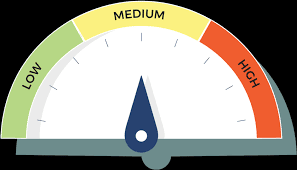
The Energy Emergency Alert System has four levels:
Level 0: Conditions are normal.
Level 1: All available resources in the energy market are in use and reserves may soon be required.
Level 2: Energy demands are still being met, but with the use of reserve energy by facilities in the province.
Level 3: This is the point at which supply cannot meet demand and power outages occur. Level 3 was reached at the end of September, something that hasn’t occurred in Alberta since 2013.
If the AESO has depleted the emergency supplies due to high demand, there are some steps they can take, such as suspending energy exports or sales, implementing voluntary curtailment programs, or initiating rolling power outages across communities.

While the AESO has the grid under control and stable, the increase in use of electricity and the time it takes to build a power plant is partially to blame for the current supply not meeting the demand, causing energy prices to remain high.
Battle River Power Coop will always strive to provide the best and lowest Regulated Rate Option (RRO) for our members (see our newsletter to learn about the breakdown on how we determine the RRO, https://www.brpower.coop/wp-content/uploads/2022/10/BattleRiver_September2022_web.pdf).
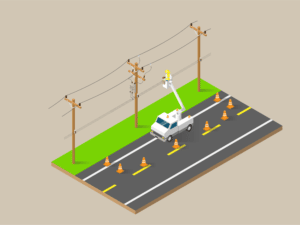
There are ways for members to reduce their electricity use just by being aware of what is using energy at home, even when it’s turned off. https://www.brpower.coop/wp-content/uploads/2018/04/AdviceTips_EngergySavers.pdf
Battle River Power Coop also provides an energy calculator tool on our website for members to check what the approximate cost associated with the use of appliances, lighting, and other electronics within your home would be. https://www.brpower.coop/energy-efficiency/energy-calculator
To learn more about the AESO, visit:


